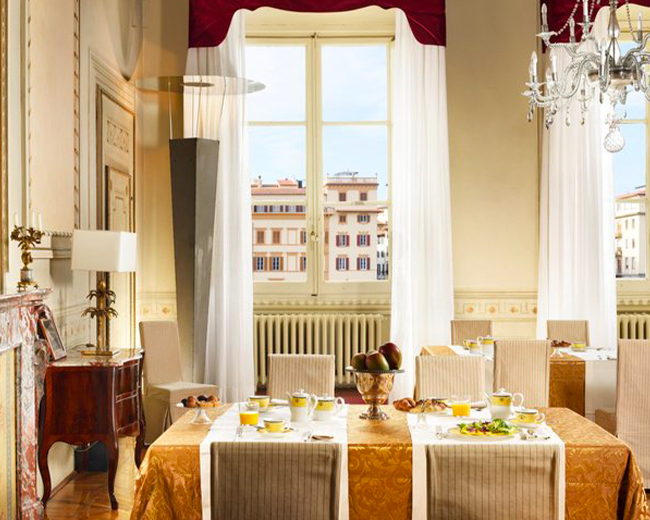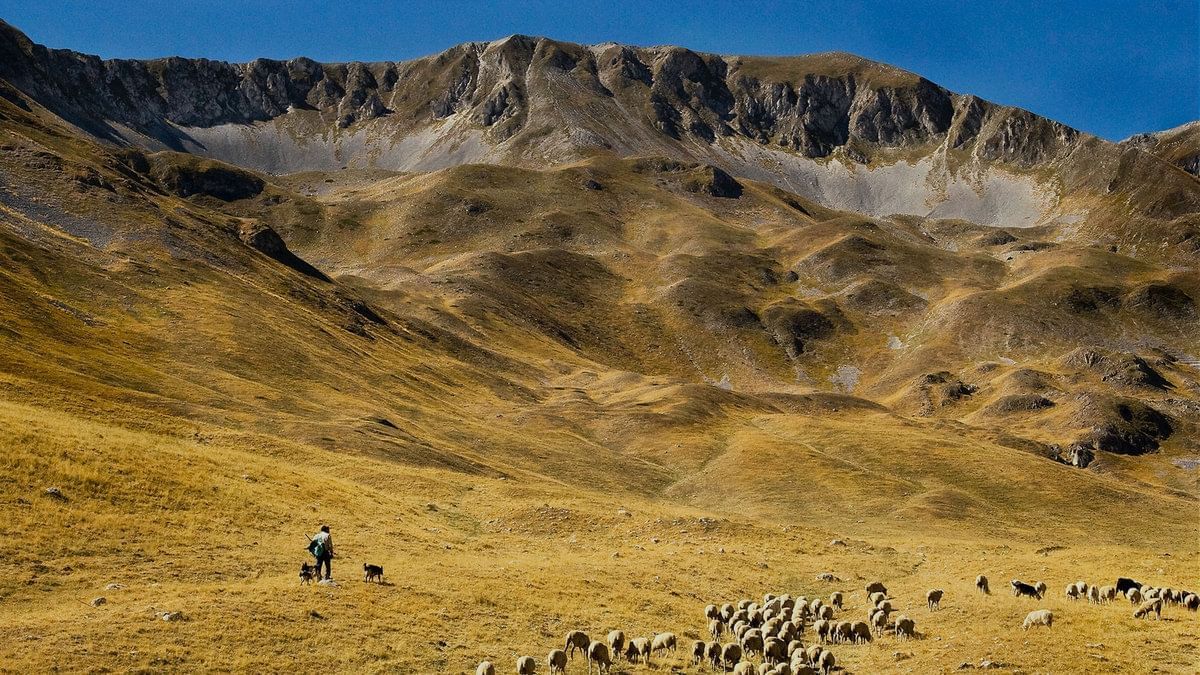Pack your backpack and let’s get cracking on some of these stunning routes.
30 Sep 2020
Gruppo UNA
Ancient religious routes, mule tracks, sheep tracks and old trade routes: more than ever, this is a year to rediscover Italy on foot, slowly, embracing a new smart, eco-friendly approach to travel.
Italy’s long-distance paths are as much a spiritual growth experience as the Pilgrim’s Way to Santiago de Compostela. In fact, Italy has a large number of paths on which walkers can discover Italy’s lesser-known wonders, whether they be unspoilt villages or corners of paradise. So, pack your backpack and let’s get cracking on some of these stunning routes.
Via della Transumanza - Abruzzo / Puglia.
The paths used for seasonal animal herding are great for hiking too, offering a unique opportunity to explore Italy. Some of these ancient pastoral routes are still used by flocks, which each year descend from the mountains into the plains, passing through valleys and villages.
Ancient sheep-track routes make excellent itineraries on foot or by bicycle, traversing woods and valleys, from Abruzzo to Puglia. Italy’s longest and most important sheep-track is the “Magno”, which runs from Abruzzo to the Apulian tableland, passing through Molise and Basilicata. Until fifty years ago, it was used regularly by shepherds as the hot and cold seasons approached. Nowadays, it is an almost entirely grassy road over two hundred and fifty kilometres long.
Via Francigena of the South: the Salento coast road.
The Via Francigena may be Italy’s most famous religious walking route, but it has many tributaries, some of which flow together, and all of which lead to St. Peter’s in Rome. Initially a pilgrim route, countless merchants and armies have walked this itinerary too. Most of the stretches of the old road are narrow dirt tracks or country roads, interrupted only rarely by new-build streets, houses and villages.
Some of the most interesting variants of the route start in Southern Italy. A handful of wondrous paths that once led to Rome may still be found in Sicily, as well as the Via della Costa Salentina, connecting Otranto to Santa Maria di Leuca, which is undoubtedly one of the most beautiful stretches of the Southern Francigena Way, and perhaps the best way to savour this beautiful coast, strolling down beaches, through olive groves, pomegranate plantations and unspoilt nature.
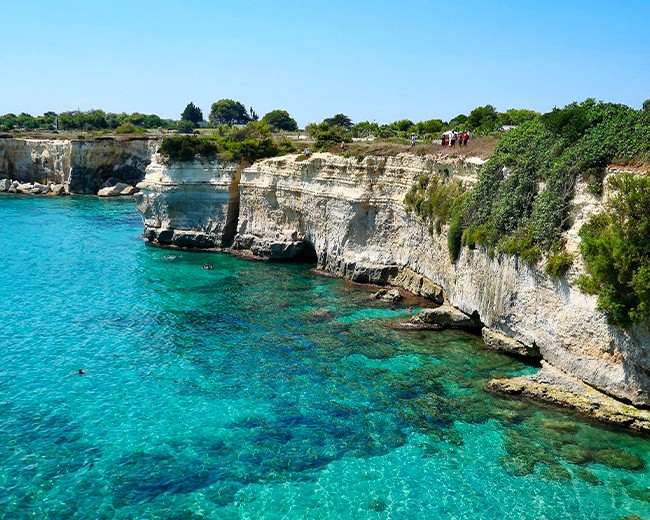

Where to stay in Apulia.
Whether you set off from the south for the Eternal City or have chosen to do the route in the opposite direction and arrived in Puglia, the Gruppo UNA offers two convenient solutions for complete R&R after days of walking and fatigue. In Rome, the refined and comfortable UNAHOTELS Decò Roma awaits you with open arms, all its Roman charm a stone’s throw from the centre of town. If you’d rather take advantage of a few days to visit Puglia, consider staying in Bari, a strategic solution for daytrips and visits to surrounding attractions. In this case, we recommend staying at UNAHOTELS Regina Bari, a delightful hotel architecturally inspired by ancient Puglian villages.


Sentiero degli Dei - Amalfi Coast.
This short, 8 km route wends its way through the terraces and mule tracks of the Amalfi Coast from Agerola to Positano. It is called Sentiero degli Dei, the Path of the Gods, because according to myth and legend the Greek gods passed this way en route to save Ulysses from the sirens. Italo Calvino described this route through the Lattari Mountains as: “a road suspended over the magical gulf of the Sirens, still furrowed by myth and memory.”
The path from Agerola to Nocelle, a hamlet near Positano on Mount Pertuso, is 7.8 km long and takes about four hours to walk. For centuries, it was the only route connecting the villages along the Amalfi Coast. At Colle Serra, the path becomes more tortuous, embarking on a series of ups and downs through the Mediterranean maquis, offering stunning views overlooking the coast.
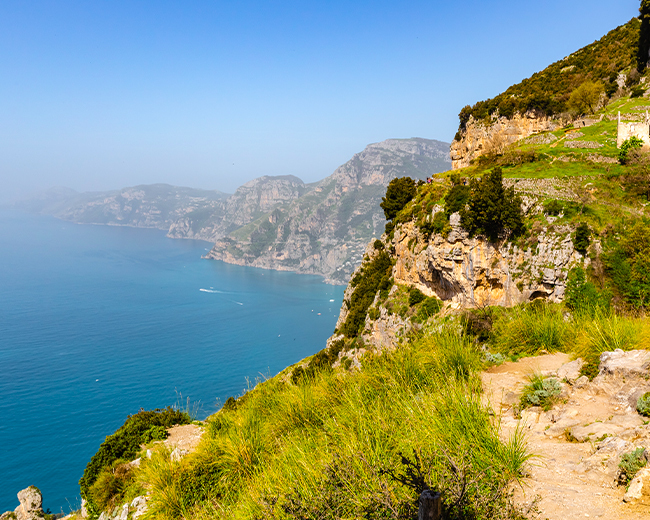
Staying in Naples.
If after your trip along the Amalfi Coast’s breathtaking walking routes you’d like to take in beautiful Naples (how can you not!), treat yourself to a perfect stay at UNAHOTELS Napoli, a historic building with an ideal location for enjoying everything authentic Neapolitan life has to offer.

Via degli Dei - Bologna / Florence.
The Via degli Dei follows the ancient Flaminia Militare road for 130 km, from Bologna to Florence. Along the way, you can still see part of the ancient Roman roadway as it passes through dense Apennine woodland.
The most striking thing about this walking route is how much the landscape changes and its environmental biodiversity, passing from huge forests to the stone towers of Monte Adone, and environmental oddities such as the Pliocene Counterfort, large beech woods along the highest section of the path, and the gentle hills of the Mugello plain.
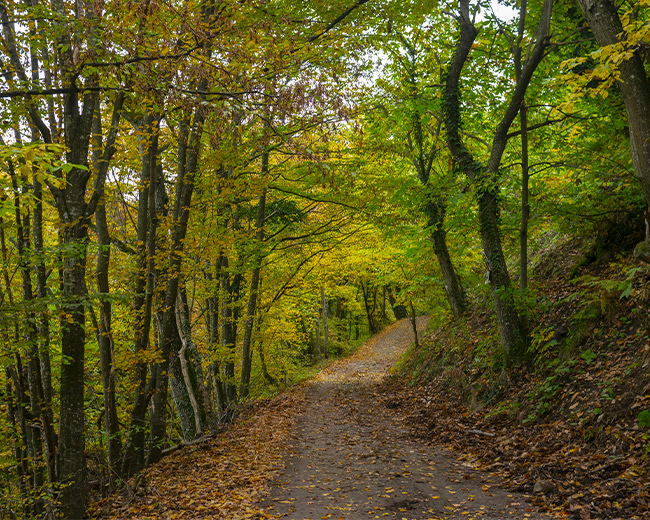

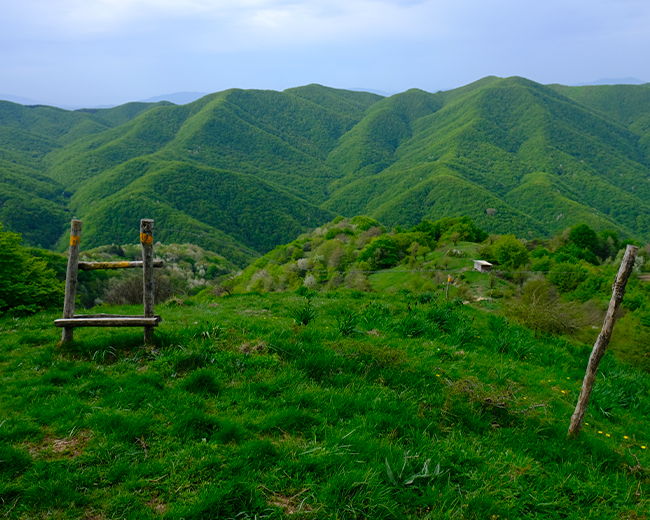
Strada dei sette ponti - Florence / Arezzo.
The Seven Bridges Road is an ancient Etruscan route that runs through the Upper Valdarno, from the outskirts of Florence to Arezzo, passing through vineyards, ancient Romanesque churches, medieval villages and the scenic, little-known, curious geological clay formations of the Balze del Valdarno. Just 60 km long, it can be covered on foot or by bicycle.
The origin of the name Setteponti [seven bridges] is uncertain, given that the route crosses far more than seven of them along its length. Perhaps it is because the number seven had great symbolic and religious value during the Middle Ages. One reason not to miss this route is that the road is dotted with ancient Romanesque churches, medieval villages and thousand-year-old places of worship, including locations painted by Masaccio, Piero della Francesca and Leonardo da Vinci (little-known fact: Leonardo da Vinci painted the Balze del Valdarno as the background for the Mona Lisa).

Where to stay in Florence.
From Bologna to Florence, Gruppo UNA has you covered. Enjoy a pleasant, relaxing pre- or post-walk stay amid the beauty of two of Italy’s most evocative cities, at UNAHOTELS Bologna Centro and Leone Blu Suites | UNA Esperienze, synonymous with city-centre design and comfort.

